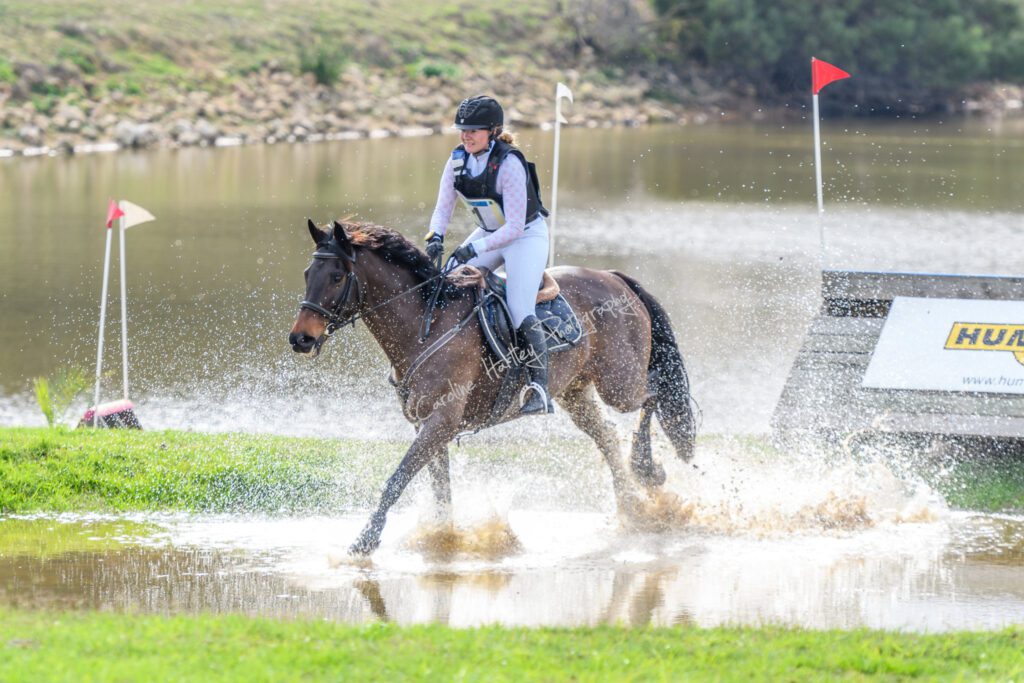Equine photography is more than just capturing horses on camera — it’s about showcasing their raw power, grace, and soul-stirring beauty. Whether you’re a professional photographer or an equestrian enthusiast eager to capture your favorite steeds in all their majesty, equine photography offers a unique blend of challenge and reward. This blog post explores the art of capturing the spirit of horses through the lens, with essential tips and creative techniques for creating stunning images.

1. Understanding Your Subject: The Unique Charisma of Horses
Unlike static subjects, horses radiate dynamic energy and natural elegance. Each horse has its personality — playful, regal, or gentle — which a great equine photographer strives to reveal. Spend time observing your equine subjects before a shoot; notice their expressions, quirks, and movements. Building trust with the horse and its handler can transform a photo session from ordinary to extraordinary.
2. The Right Equipment Matters: Tools for Equine Photography Success
To capture fast motion and detail, choose equipment that can keep up:
- Camera: Opt for a DSLR or mirrorless camera with a fast shutter speed and high burst rate.
- Lenses: Telephoto lenses (e.g., 70-200mm) allow you to capture striking close-ups from a safe distance, while a wider lens can highlight the majestic scenery surrounding your subject.
- Lighting: Natural light works wonders with horses. Early mornings and late afternoons — the “golden hours” — yield stunning results due to softer light and long shadows.
3. Mastering Composition: Framing Power and Elegance
A horse’s muscular build and graceful movements make for visually striking subjects. Compose your shots thoughtfully:
- Rule of Thirds: Positioning the horse’s head or eyes along imaginary grid lines makes for a compelling shot.
- Action Shots: Freeze gallops, jumps, or rearing movements to highlight the animal’s strength.
- Portraits: Capture their soulful eyes and expressions to reveal character and emotion.
Pro tip: Avoid cluttered backgrounds that can detract from your subject’s natural elegance. Simple backdrops, like open fields, fences, or cloudy skies, keep attention where it belongs — on the horse.
4. Building the Perfect Connection: Communication and Patience
Effective communication with the horse’s handler is key to a successful shoot. Knowing the horse’s temperament, preferred cues, and movements can help set up the perfect shot. Patience pays off — waiting for the right moment when the horse’s ears are pricked forward, its mane flows, or its gaze meets the camera can create magic.
5. Editing for a Polished Finish
Post-processing can elevate a good shot into a masterpiece:
- Enhance Details: Adjust sharpness to bring out the horse’s coat and muscle definition.
- Correct Lighting: Use exposure, highlights, and shadows to emphasize key areas.
- Color Grading: Opt for natural tones or artistic filters to evoke specific moods.
Equine photography tells a story — perhaps it’s the bond between horse and rider, the triumph of a race, or the quiet serenity of grazing in a meadow. By connecting with your subject, you bring out the emotions and stories that make each photograph unforgettable.
Equine photography is an extraordinary way to immortalize the beauty, power, and spirit of horses. With the right preparation, equipment, and a touch of creative vision, you can create images that resonate deeply with both horse lovers and art enthusiasts. So grab your camera, find your muse, and capture the heart of these majestic creatures!
Share and Comment.!

